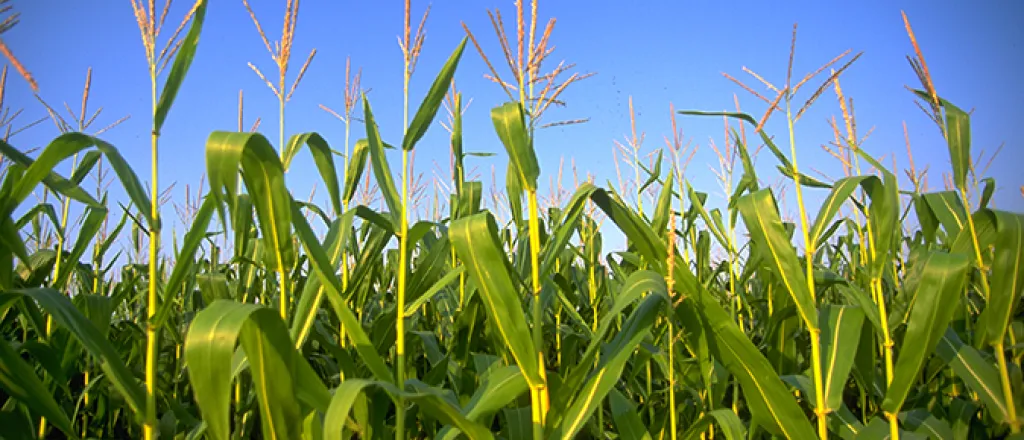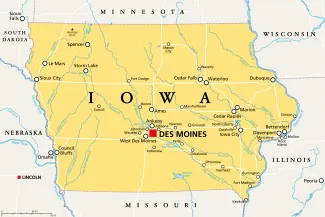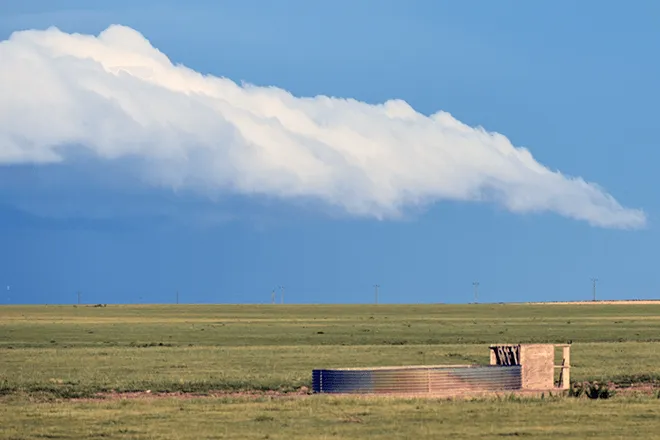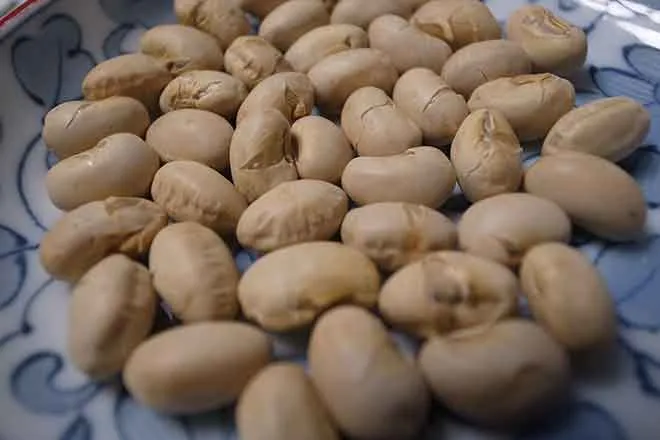
Rural Iowa farmers diversify crops for future success
Click play to listen to this article.
Iowa is the nation's number one corn and soybean producer and federal polices are designed to keep it that way but more farmers are moving away from traditional crops to protect the state's waterways.
Corn and soybeans both require a lot of fertilizer, which eventually seeps into groundwater.

Lee Tesdell, owner and operator of the 80-acre Tesdell Century Farm, in rural Slater, about 30 miles north of Des Moines, has adopted conservation methods. Instead of relying on the "big two" crops, he has gone to a four-crop rotation to reduce the amount of fertilizer he needs.
"Soybeans, corn, oats and alfalfa would be just as profitable," Tesdell pointed out. "Yields would be similar (to) a corn-soy, corn-soy, corn-soy, or corn-on-corn."
Some farmers have pushed back on moving away from corn and soybeans because they have been so reliable and profitable for generations. Adding new crops also means adding new costs.
Tesdell noted pollution from fertilizer runoff has become so bad in Iowa, the state's largest utility company has banned lawn watering to reduce nitrates in groundwater.
"Central Iowa Water Works cannot produce enough potable water every day to both send us good drinking water and enough water to water our lawns that's below 10 milligrams per liter, which is the EPA standard for drinking water," Tesdell explained.
Governor Kim Reynolds recently vetoed a bill which would have banned companies from using eminent domain to construct CO2 pipelines on Iowa farmland, further promoting fertilizer-hungry corn and soybean production which can threaten Iowa's waterways.
















